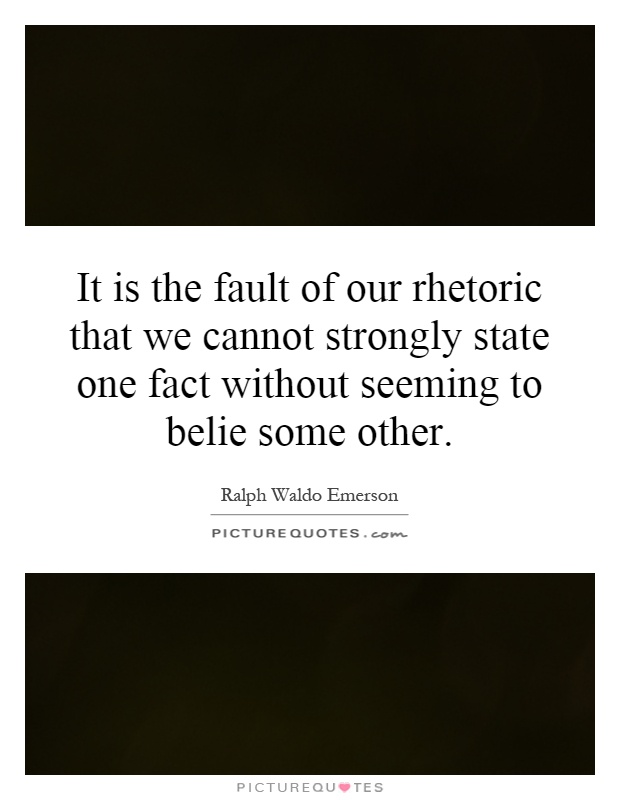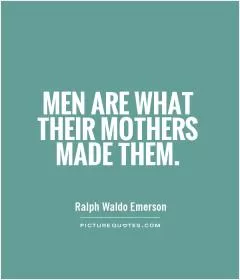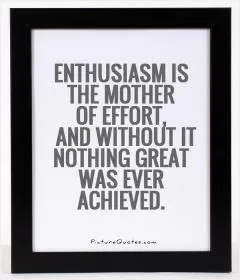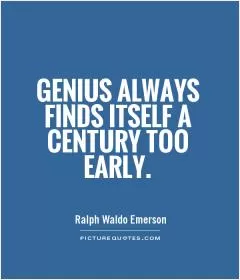It is the fault of our rhetoric that we cannot strongly state one fact without seeming to belie some other

It is the fault of our rhetoric that we cannot strongly state one fact without seeming to belie some other
Ralph Waldo Emerson, a renowned American essayist, lecturer, and poet, was known for his profound insights into human nature and the complexities of language. One of his most famous quotes, "It is the fault of our rhetoric that we cannot strongly state one fact without seeming to belie some other," speaks to the inherent challenges of communication and the limitations of language.Emerson believed that language, while a powerful tool for expressing ideas and emotions, could also be a barrier to true understanding. He recognized that the way we use words and construct arguments can often lead to misunderstandings and misinterpretations. In his view, rhetoric – the art of persuasive speaking or writing – could sometimes obscure the truth rather than illuminate it.
Emerson's observation about the limitations of rhetoric is particularly relevant in today's world, where communication is often fraught with ambiguity and miscommunication. In an age of soundbites and social media, where nuance and complexity are often sacrificed for brevity and sensationalism, it can be difficult to convey a nuanced argument or perspective without oversimplifying or distorting it.
Moreover, the rise of fake news and misinformation has further complicated the issue of rhetoric and truth-telling. In a world where facts are often manipulated and distorted for political or ideological purposes, it can be challenging to discern the truth from fiction. As Emerson astutely observed, our rhetoric can sometimes betray the very facts we are trying to convey.
Despite these challenges, Emerson believed in the power of language to inspire and enlighten. He saw rhetoric not as a hindrance to communication, but as a means of expressing the complexities of human experience and thought. By acknowledging the limitations of rhetoric, we can strive to communicate more effectively and authentically, and ultimately, to bridge the gap between words and truth.












 Friendship Quotes
Friendship Quotes Love Quotes
Love Quotes Life Quotes
Life Quotes Funny Quotes
Funny Quotes Motivational Quotes
Motivational Quotes Inspirational Quotes
Inspirational Quotes